All current GM vehicles are manufactured with fluorescent dye installed in the air conditioning refrigerant system. The dye mixes and flows with the A/C compressor oil to help in locating any leaks in the A/C system over time. Leaks in the system will be indicated in a light green or yellow color when using the GE-42220 Universal 12V Leak Detection Lamp to check fittings and connections, A/C components, seals, hoses and other areas.
Fluorescent dye will assist in locating most medium-to-large leaks in the A/C system, but to verify some passive leaks, the GE-50078 Electronic Leak Detector or other SAE J2913-certified electronic leak detector may be required. (Fig. 1)
TIP: Only use a SAE J2913-certified electronic leak detector when checking for leaks in an R-1234yf A/C refrigerant system.
 Fig. 1
Fig. 1
Before replacing any parts in the A/C system, a thorough diagnostic process following the appropriate Service Information (SI) should be used to identify the root cause of the condition. In a number of recent cases analyzing evaporators returned under warranty, there has been a high rate of No Trouble Found for these components. Following the diagnostics in SI will help prevent the unnecessary replacement of system components.
Using the Sniffer Probe
When using an electronic leak detector to check the evaporator, the probe should not be placed in the A/C vents or outlets. (Fig. 2) The outlets are too far from the evaporator to be effective.
In addition, HVAC module plastics and sealing materials can off-gas hydrocarbons, which may trigger the sniffer alarm. As a result, putting the sniffer probe in an A/C outlet introduces a high risk for a false trigger where the sniffer says there is a leak but there really is not.
 Fig. 2
Fig. 2
In fact, SAE J1628 (Industry Refrigerant Leak Detection Best Practices) and the EPA 609 Certification process suggest using the sniffer probe in the A/C outlets should be a last resort during diagnosis.
Instead of inserting the sniffer probe in an A/C outlet, the probe should be placed within 3/8-inch of the part, joint, seam, seal, etc., being checked. The electronic leak detector will not be effective if the sensor is not within 3/8-inch of the component seam, joint, seal or interface being checked.
Evaporator Leaks
The preferred method for determining if there is an evaporator leak is by checking for the presence of fluorescent dye or excessive compressor oil on the HVAC condensation drain tube.
When looking at the evaporator during leak diagnosis, focus on the evaporator drain tube using a simple process:
- Confirm the system is low on refrigerant.
- Ensure the system has been fully checked, and there are not any refrigerant leaks anywhere in the plumbing connections, condenser, R/D tube/cap, etc.
- Check that there is a presence of oil residue and/or refrigerant dye under a black light at the evaporator drain tube. (Fig. 3)
 Fig. 3
Fig. 3
Refer to Heating, Ventilation and Air Conditioning > Diagnostic Information and Procedures in the appropriate Service Information for more details on diagnosing the A/C system.
– Thanks to Scott Jesnig


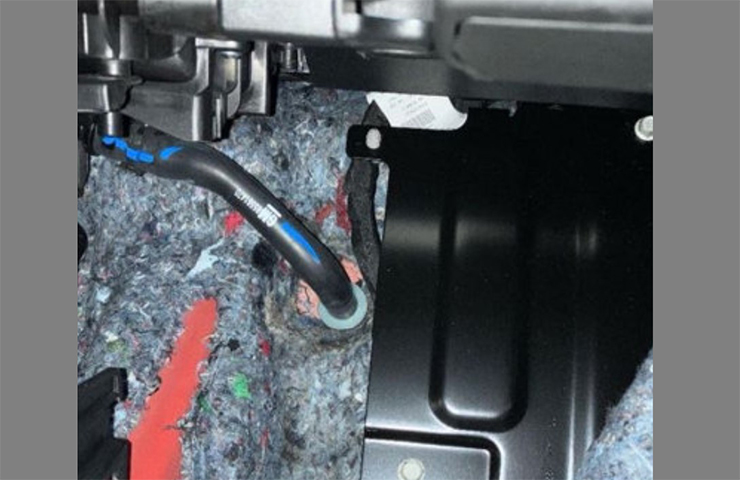
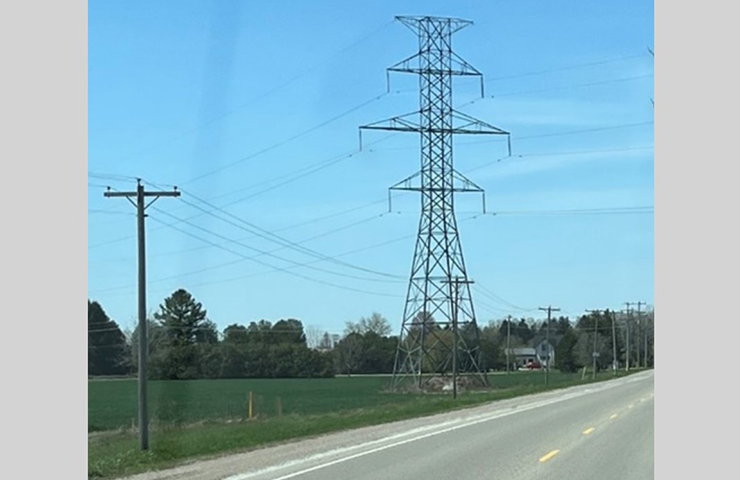

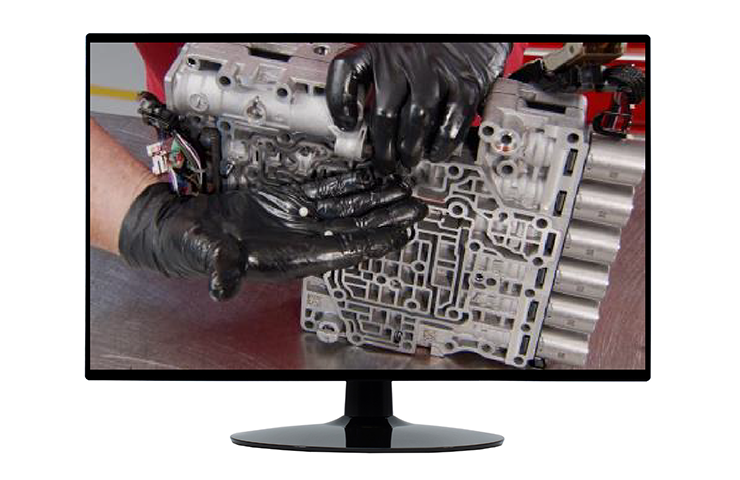




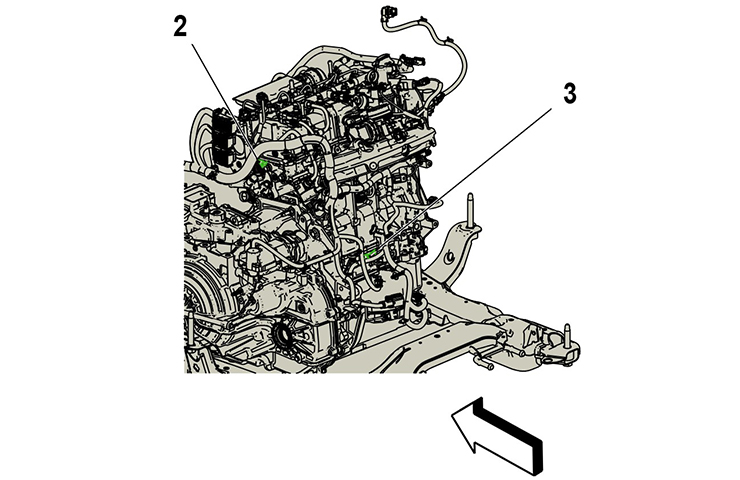
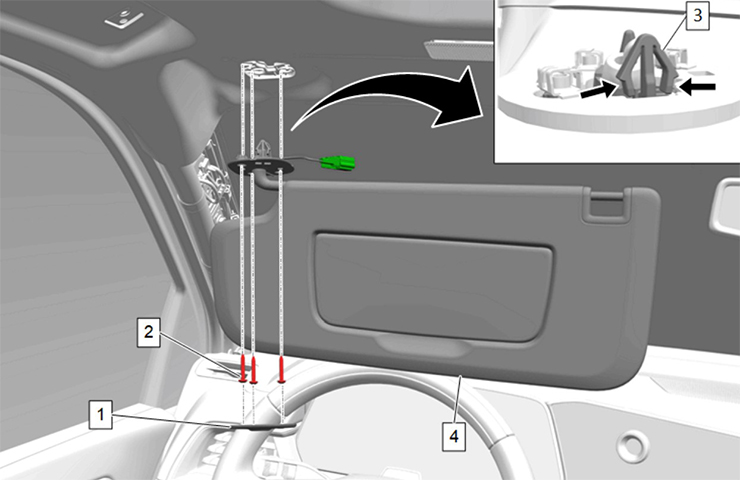
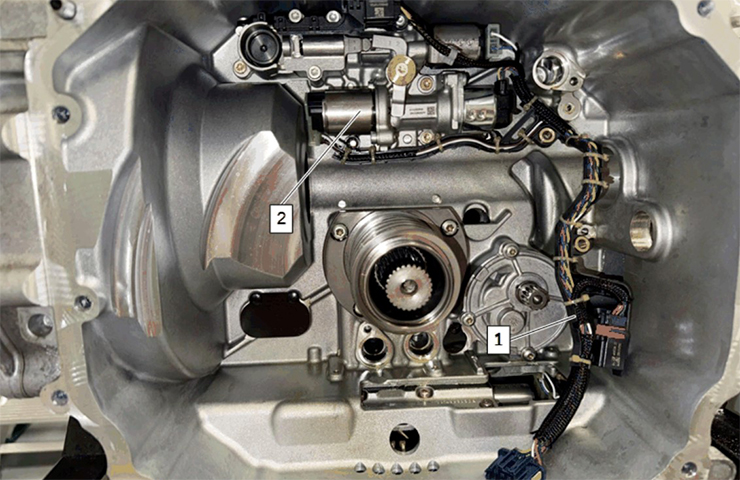







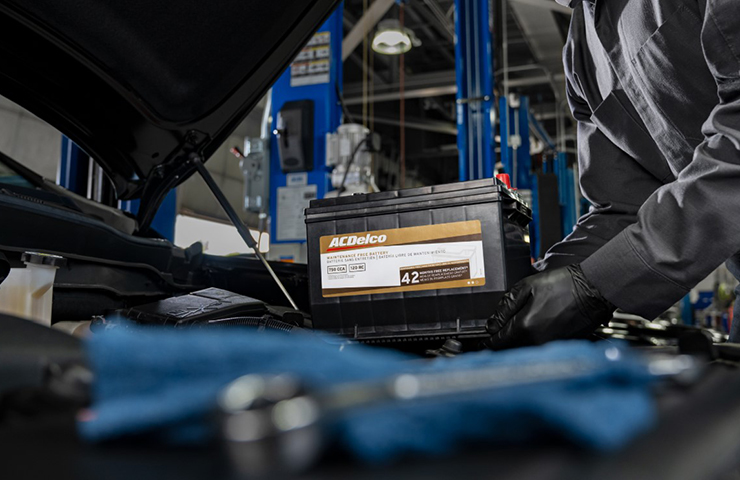


I know on some of the fullsize truck the firewall matting covers the drain tube also making it nearly impossible to get the probe near there.
A very small leak is still a very concerning issue. sniffer will not pick it up and not able to see much of evap. front or rear. Unhappy returns by customer a possibility under these conditions.
Remove the passenger side fender liner and you can see the drain tube well on the new trucks.
The evaporator drain tube image (Fig. 3) is from a full-size truck. It’s shown from the passenger’s front wheel well with the front wheel and liner removed.
ON TRUCKS AND FULL SIZE SUVS THE DRAIN TUBE IS ABOVE THE TRANSMISSION.IT IS NOT VISIBLE
on tucks and SUV’s horrible drain tube positioning.